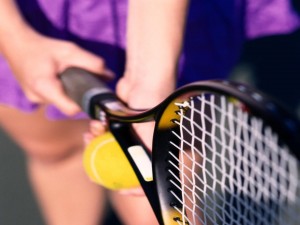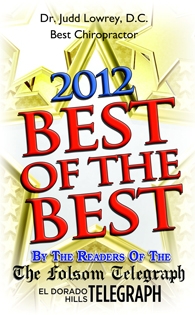Foot Pain, Plantar Fasciitis and Active Release Techniques (ART)
Friday, July 26th, 2013
 Foot pain can be one of the most relentless and painful conditions – particularly for individuals who are used to an active lifestyle. Pain experienced in the heel or bottom of the foot while walking, standing, or just getting out of bed is often a symptom of a common condition called Plantar Fasciitis.
Foot pain can be one of the most relentless and painful conditions – particularly for individuals who are used to an active lifestyle. Pain experienced in the heel or bottom of the foot while walking, standing, or just getting out of bed is often a symptom of a common condition called Plantar Fasciitis.
But, there is a new treatment option for Plantar Fasciitis that is delivering quicker, more effective results. Active Release Techniques (ART) is increasingly being used to treat this painful condition, and this hand-on treatment is addressing the root cause of the pain – problems with the soft tissues of the foot and ankle.
The Basics of Plantar Fasciitis
Because the foot is actually one of the most complex parts of the body with 28 different bones and many joints, it is particularly prone to injury. The system of muscles, ligaments, and tendons along the foot, ankle, and calf can also contribute to injuries such as plantar fasciitis.
An Innovative Treatment for Plantar Fasciitis
Once a diagnosis of plantar fasciitis has been made, many individuals find that traditional treatment options prescribed for soft tissue injuries are not very effective in relieving their foot pain. This is when ART can be especially beneficial.
ART directly targets the problem in the soft tissues of muscles, ligaments, nerves, and, of course, fascia. This treatment method was specifically developed to locate and treat adhesions that form in the muscles and around the soft tissues. Often times, sufferers of plantar fasciitis who have endured months or even years of foot pain are surprised at how quickly their symptoms subside once they begin ART treatment. Usually measurable relief is experienced after six to eight treatments.
Whether you’re an athlete, a busy mom, an active senior, or anyone who is suffering from foot pain and plantar fasciitis, isn’t it time to try a treatment that is used by professional sports teams because of its efficacy? Dr. Judd Lowrey, D.C. is a trained ART practitioner and our patients have experienced phenomenal results with ART treatments at our office. If you’re ready for relief from your foot pain and other extremity pain, contact us today to schedule an appointment to find out if ART is right for you.
Call Lowrey Chiropractic, El Dorado Hills & Folsom Chiropractor, at (916) 941-7508 today to find out how ART and chiropractic care can help you.
Dr. Judd Lowrey, D.C. | Lowrey Chiropractic | El Dorado Hills & Folsom Chiropractor







